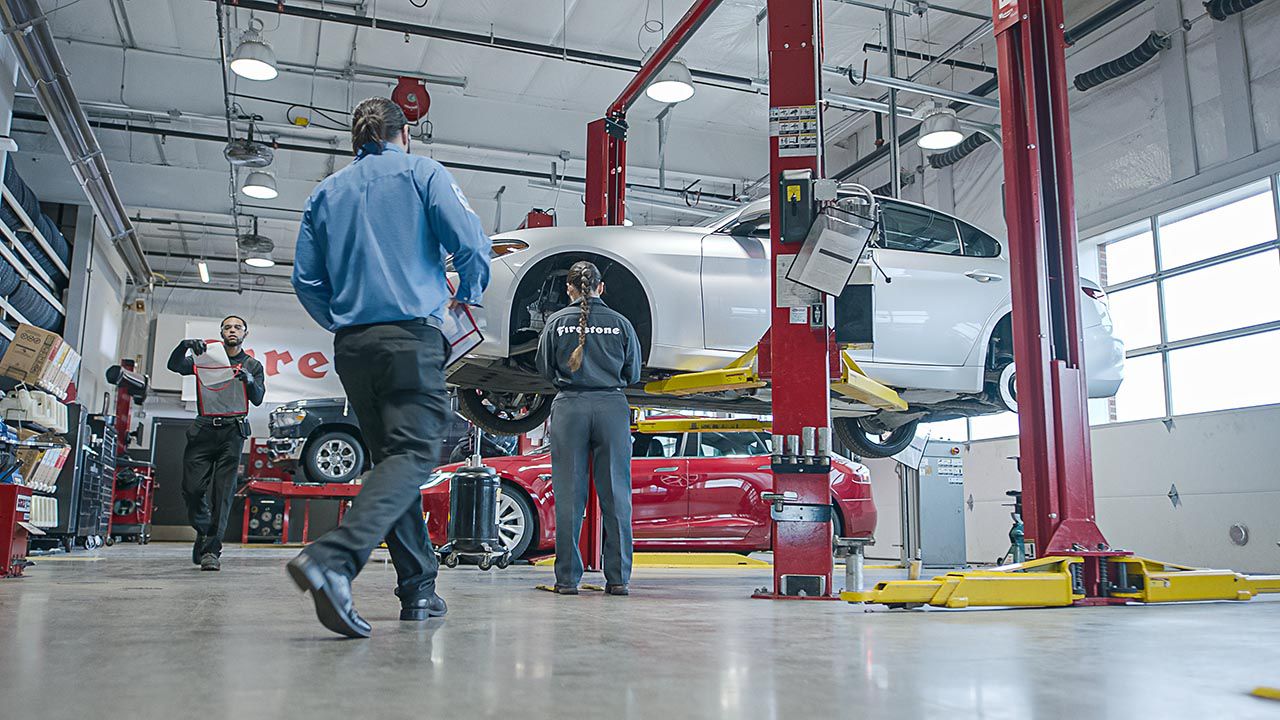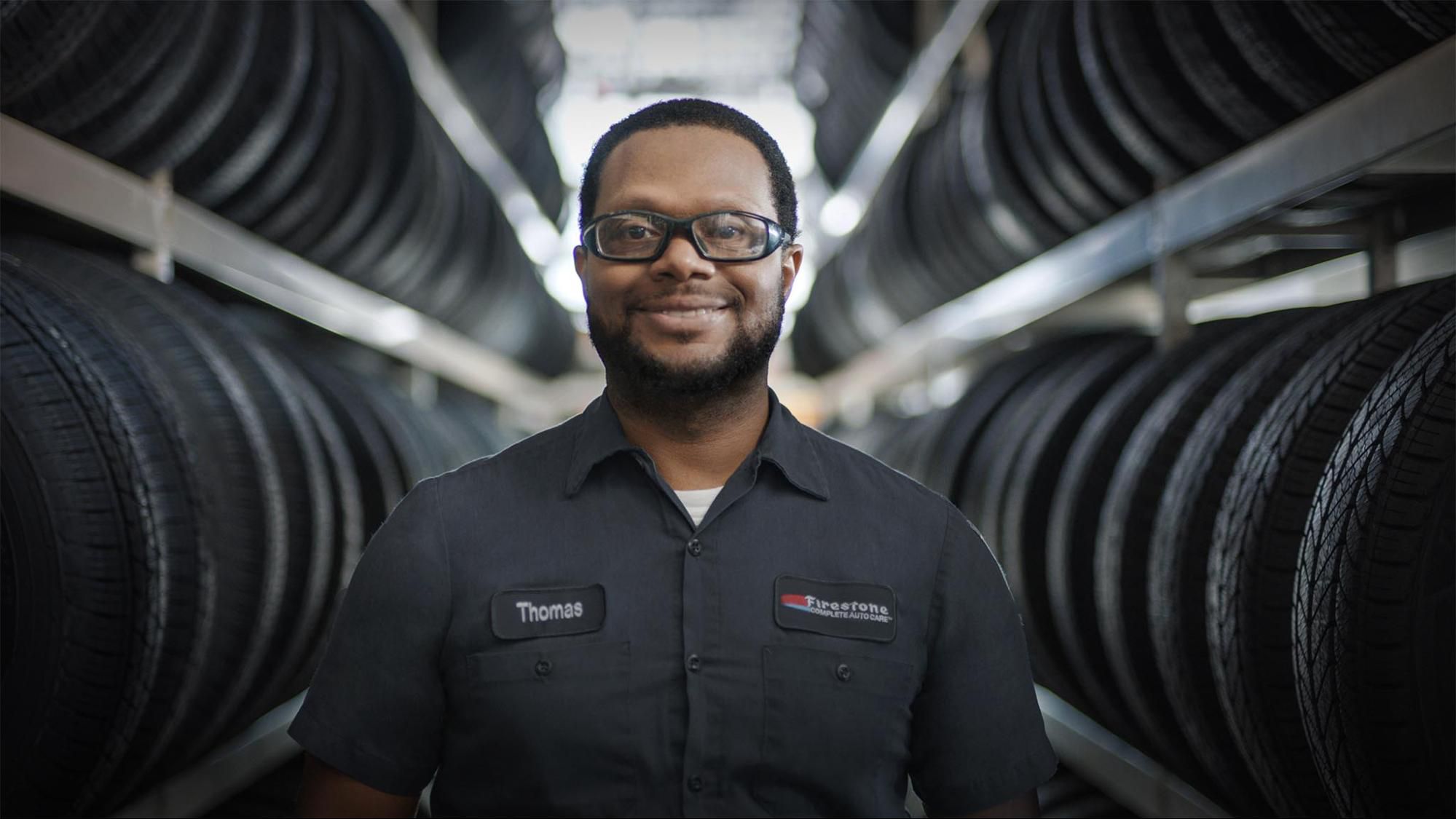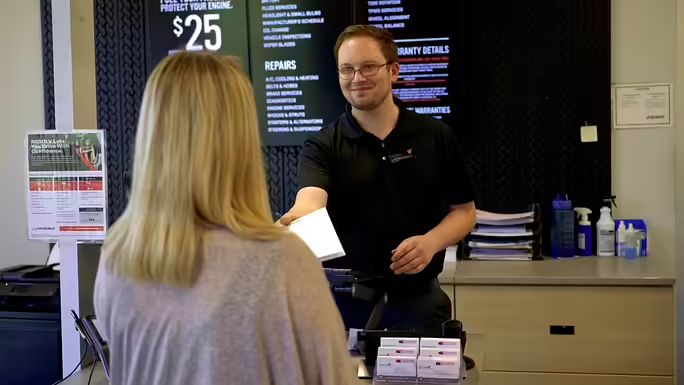The Indianapolis 500®, commonly known as the Indy 500®, stands as an emblem of American motorsport culture, capturing the hearts of millions of racing enthusiasts worldwide. But if you’re just getting into the Indy 500, you probably have some questions; From “What does the 500 in Indy 500 mean?” to “What is the Indy 500 Snake Pit?” — we cover it all.
Read on to learn about the Indy 500 — a tale of speed, glory, and… milk?
What is the Indy 500 Race?
Every year on Memorial Day weekend, a spectacular event unfolds at the Indianapolis Motor Speedway — the Indianapolis 500. Quite literally trademarked as “The Greatest Spectacle in Racing,”™ this historied event epitomizes speed, endurance, and skill. For roughly three hours, talented drivers compete in open-wheel, single-seater cars for a grueling 200 laps around a 2.5-mile oval track, totaling 500 miles — hence the “500” in Indy 500.
You might be thinking, “500 miles in three hours? That’s insane!” — and you’d be right. The Indy 500 is incredibly fast-paced and high-stakes, with drivers frequently sustaining speeds of over 220 mph. As if that wasn’t exhilarating enough, the open-wheel design of Indy cars means that even a bit of tire-rubbing between competitors can have heart-pounding consequences.
We could go on and on about what makes the Indy 500 awesome, but we’ll leave it at this: it’s a thrilling event you won’t want to miss. Should you decide to attend this year, learn what to expect and how to make the most of your experience by reading “On the Road to Indy.”
History of the Indianapolis Motor Speedway and the Indy 500
With their 27” rear tires, triangular, 2.5’-tall bodies, and twin-turbocharged V-6 engines, Indy cars make it easy to assume that the race is a modern development. But it’s quite the contrary — at the time of writing, the Indy 500 is steeped in over 113 years of history — a history closely intertwined with the Indianapolis Motor Speedway (IMS) and Firestone Tires. Let’s take a quick excursion through the history of this spectacular event:
- 1905: Carl G. Fisher noticed that linear raceways limited the amount of viewable track for spectators and dreamed up the idea for an oval track — the Indianapolis Motor Speedway (IMS).
- August 1909: IMS opened — complete with a 2.5-mile packed gravel oval track — and a three-day race was organized. Over these three days, three participants and two spectators perished due to the crashes caused by racing on a packed gravel road. The track was shut down due to safety concerns.
- December 1909: To make the track safer, it was repaved with over 3 million bricks, earning IMS the title of “Brickyard.”
- 1910: The popularity of automobile racing surged, and thousands of spectators flocked to IMS stands for weekend races.
- 1911: The novelty of small-scale weekend races wore off for the casually interested, and the founders of IMS knew they had to improve attendance. They focused their energy on a single race for the entirety of 1911 — the Indianapolis 500. With 40 hand-selected contestants and a cash prize of $10,000 (a massive amount of moolah in those days), this inaugural Indy 500 attracted roughly 90,000 spectators to the stands. At the end of an intense race, driver Ray Harroun finished first in his Marmon Wasp and riding on Firestone tires.
- 1912–Present: Despite some ups and downs through World War II, the Indianapolis 500 continued to amass fans. In 1964, A.J Foyt, Indy 500 first place winner, set a top speed record of 147.35 mph (blisteringly fast by 1964 standards) on a singular set of Firestone tires. In 2000, Firestone became the sole supplier of the NTT INDYCAR® SERIES, setting a standard for reliability and performance and enabling Indy 500 drivers to push the boundaries of speed. The historic 100th Running of the Indianapolis 500 in 2016 had a sold-out crowd of over 350,000, with the track’s permanent seating capacity estimated to be approximately 250,000. Millions of fans around the world now also tune in to the race LIVE on their TVs, radios, and mobile devices.
Traditions of the Indy 500
The Indy 500 isn’t just an exhilarating race full of finely tuned cars and talented drivers. More than a century of existence has led to engaging entertainment crossovers and intriguing traditions like kissing bricks and chugging milk. Let’s dive into two of the most popular accessories to the main race: The Snake Pit, and the milk chug.
What is the Indy 500 Snake Pit?
Historically, the “Snake Pit” was a “Woodstock-like celebration of unbridled debauchery before and during the Indianapolis 500." It was organically formed by America’s college-aged youth, according to Forbes. Nowadays, the Snake Pit is a full-fledged music festival that takes place inside Turn 3, where tens of thousands of attendees gather to watch artists perform while Indy cars zip down the track in the background.
What is the Significance of Milk at the Indy 500?
When you think of milk, you don’t normally think of racing — unless you’re an Indy 500 fan. Each year, the winner of the Indy 500 chugs a bottle of milk in Victory Lane; the place where winning racers are congratulated post-race. According to the Indianapolis Motor Speedway, this tradition started in 1936, when Louis Meyer, three-time champion of the Indy 500, celebrated his victory while sipping on a bottle of buttermilk. These days, the tradition is mostly for show, and like the sports drink shower in football, most of the liquid ends up on the winner’s hat, face, and uniform.
Firehawk: Firestone’s Indy 500 Inspired Line of Tires
We can’t all be INDYCAR drivers, but a set of Firehawk tires can help you feel like one. Whether you’re looking for an ultra-high-performance summer or all-season tire, trust the brand that supplies “The Greatest Spectacle in Racing” with performance rubber. Read on to learn how to bring the Indy 500 spirit to your daily driver.
Our Summer Option
If you appreciate a sporty aesthetic and need an ultra-high performance summer tire for your vehicle, look no further than the Firestone Firehawk Indy 500 — our newest generation of Indy 500 tires. Their wide shoulder blocks and new tread compound offer exceptional handling and cornering in dry conditions. They’re not a one-trick pony, either. On wet roads, they provide a 20% shorter stopping distance than the previous generation, and their Pulse Groove™ technology efficiently evacuates water from underneath the tire to reduce chances of hydroplaning.
So, are Firestone Indy 500 tires good? Absolutely.
Our All-Season option
Summer might be the best season to get track time in, but what about the other seasons? For those who want ultra-high performance year-round, the Firehawk AS V2 has what you need. Inspired by the INDYCAR Firestone Firehawk Rain Tire, it boasts interlocking sipes and full-depth features that ensure confident handling in wet conditions.
The Firehawk AS V2 offers exceptional dry handling, too. With their INDYCAR-inspired tread pattern and large, stiff tread blocks, they provide responsive handling and a sporty grip. But all-season means all season, right? You betcha! Firehawk AS V2s feature 3D full-depth sipes on every rib, which enables them to excel in snow performance throughout their lifespan.
Find Your Victory Lane at Firestone Complete Auto Care
Watching peak performance from the Indy 500 stands is great, but elevating your own driving experience is even better. Your local Firestone Complete Auto Care is the pit stop for everything you need. From Firehawk tire installation to professional services like engine repair, oil changes, and more, we can help keep your vehicle running and handling optimally. Schedule an appointment today!



